Hairs have been considered an important part of beauty, for both the sexes, since the beginning of times. Both loss of hairs and excess of hairs, can be troublesome. Lack of hairs, gives a appearance of old age in males, but here we would restrict our discussion to only females with abnormal growth of hairs. Hairs for females have always been considered to be as sign of beauty but the same hairs if present in face, chest, arms and legs can give an ugly appearance. Hirsutism is the name given to the condition, which describes the presence of excessive amount of dark coarse hair in women, on areas like face, chest and back; same as the areas where hair growth is present in males. It usually occurs due to presence of excessive male hormones like testosterone in females or increased sensitivity of hair follicles to circulating androgens. The areas mentioned before- face ,upper lip, chin, chest, shoulders, upper back and upper abdomen are commonly affected. Of these facial hairs in females, is the most distressing factor. When excessive androgens causes hirsutism, other symptoms like -- Acne, Balding, Deep voice, decreased breast size, developed muscle and clitoris enlargement may be present. Then this condition is known as virilization. The factors, which increases the chance of Hirsutism is – Family history(if someone’s mother and sister have it, then chances are very much increased), Excessive weight and Ethnicity (More common in people from South Asia and Middle East ).
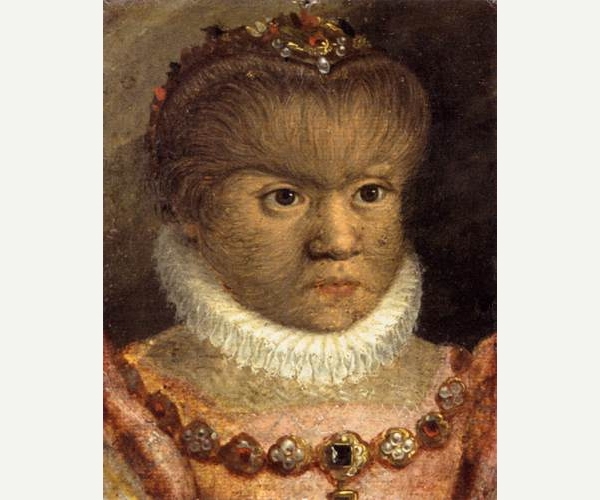
This is a disease found in mostly women between age 15 to 45 years characterised by -- cyst in the ovaries(the word polycystic means many cyst), irregular periods, high level of male hormones. In this condition many small fluid filled sac grows inside the ovaries, these sacs are actually follicles, each containing immature egg. These eggs never ovulate and & this lack of ovulation alters the female hormone levels of oestrogen, progesterone, LH and FSH. Male hormones ie androgens levels increases causing irregular menstrual cycle.
Many patients remain undiagnosed or are diagnosed late, but in most cases a familial link is seen. Many patient are overweight and have diabetes. The symptoms, which forces these patients to take medical opinion are- irregular periods associated with increased bleeding . There is increased hair growth in face, back, belly and chest while hair on scalp gets thinner and falls out. Darkening of skin occurs specially in neck or groin crease and under the breast. There may be increase in weight or headache and acne may be present. These patients usually present to the Gynaecologist or the Dermatologist, depending on which symptom causes, the main disturbance in the patient.
This is a condition produced by increased level of hormone cortisol in human body which produces characteristic changes like –increased body and facial hair in females, irregular or absent menstrual cycle, weight gain and abnormal fat deposit in upper back, midsection, face & between the shoulders. There may be purple stretch marks in breast, abdomen, thighs and arms.
Cortisol is produced by adrenal gland, which serves many important function in the body. Excessive level of this hormone is responsible for producing Cushing syndrome. This excess level maybe due to external factor like intake of corticosteroid medications, which are usually taken by patients suffering from disease like – asthma, Rheumatoid arthritis, lupus etc. Excessive cortisol hormone can also be produced inside the body. This can occur in different tumours like – a pituitary gland tumour, tumour of adrenal cortex and sometimes in tumours of lungs, pancreas, thymus or thyroid gland.
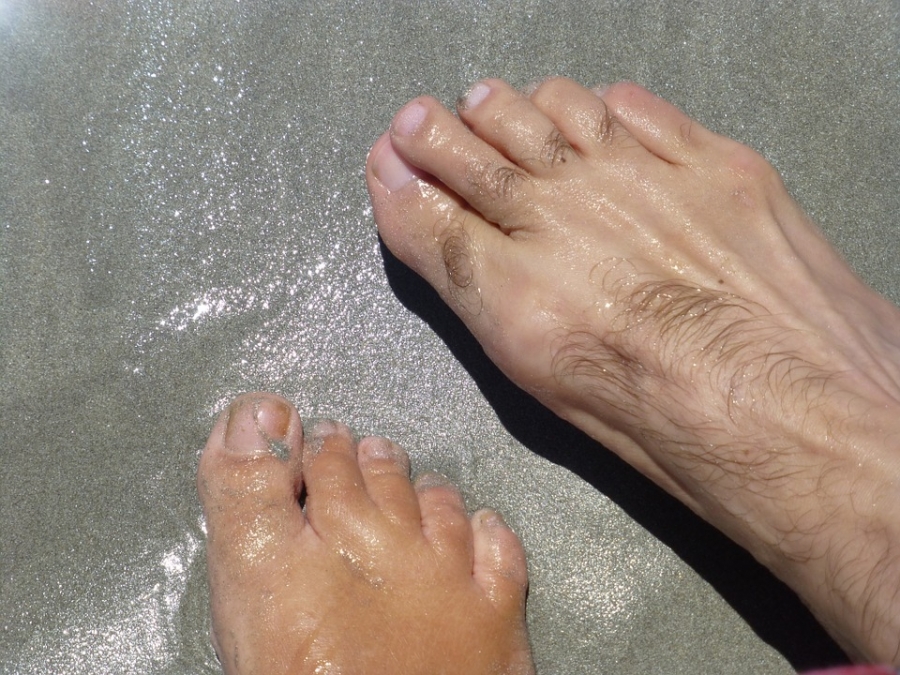
There are many medicines which can cause this as an complication. Some of them are – Anabolic steroids, Glucocorticoids, Minoxidil, Danazol, Phenytoin ,Cyclosporin, and testosterone.
Sometimes conditions like Congenital Adrenal Hyperplasia, Pregnancy & Menopause also causes abnormal hair growth, due to hormonal changes seen in these conditions.
The most important thing, that a person should do is to take the opinion of a registered medical practitioner, preferably a Gynaecologist. Many patients also go to Dermatologist (Skin Specialist) due to excessive hairs on face or male pattern baldness. A detailed history regarding age and rate of onset can give many important information. If any medication was responsible for the onset of hirsutism, should also be ascertained. The examination usually starts with a complete physical examination, to find other abnormalities present in the body; which can point to the probable cause. This may include a abdominal or pelvis examination, to determine the presence of any tumour mass. Presence of signs and symptoms of virilisation (the development of male characteristic in a female) like acne, deep voice, irregular menstruation, decreased breast size, increased size of clitoris, increased muscle mass are looked for. Also question are asked about any gain in weight or new onset of diabetes or if any medications are being taken.
The investigation required may vary from one individual to another. Some of the investigations, which may be needed are --- Ultrasound, to rule out cyst in the ovary (PCOD); Hormonal assays to determine the level of hormones like – androgens, prolactin, Thyroid hormones, Female sex hormones like -LH &FSH, 17 hydroxyprogesterone(to rule out congenital adrenal hyperplasia) and dehydroepiandrosterone sulphate (DHEAS)-(raised level of which shows adrenal cause) etc may be needed. Sometimes even a CT scan may be needed to rule out tumours and cysts in the ovary and adrenal gland. Many times, in spite of many investigations, no cause can be found and those cases are known as idiopathic hirsutism, with normal androgen levels and ovarian function. Polycystic Ovarian Disease and Idiopathic Hirsutism, accounts for 90% cases of Hirsutism.
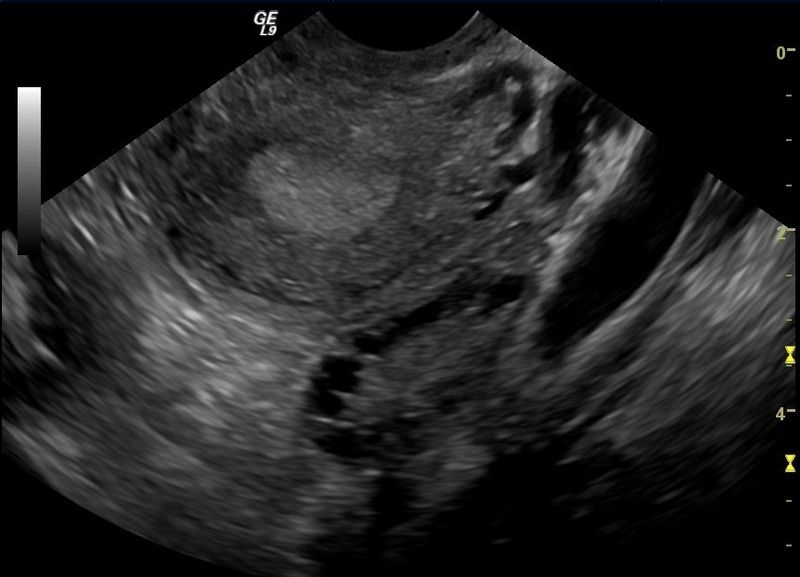
Treatment of hirsutism is directed towards the cause and has to be individualised according to patients and so, varies from one patient to another patient. Under no situation, should a person start self medication, without first consulting a doctor. Some of the modalities of treatment, which are used are
1) Oral Contraceptives - These are often used as the first line of treatment. Birth control pills containing female hormones like, oestrogen and progestins are used in the patients, where hirsutism is caused by excess productions of male hormone like androgen. This is a good treatment option for females, who are not planning to get pregnant.
2) Anti androgens – These are used to stop the androgen from acting on the body, they can cause birth defect and hence should be used only in women, not planning pregnancy.
There are many other medicines, which are in use; their use being directed, as per the cause of abnormal hair growth.
1) Local ointments – Some cream like of Eflornithine, can be directly applied to the affected area where it slows new hair growth, but it doesn’t remove the existing hair. It is used specially for excessive facial hair in women. It can be used together with other treatments like laser.
2) Electrolysis – in this tiny needles are inserted into each hair follicle, which emits a small amount of electric current to destroy the follicle. It can be painful, so should be used along with local anaesthetic cream.
3) Laser therapy – in this laser is used to destroy the hair follicle and prevent the hair from growing. Laser energy acts only on anagen hair follicles, so multiple sittings are needed to see the effect. Laser hair removal is best suited for a person with light skin colour and dark coloured hair. For Indian skin type, long wave length lasers like Nd Yag lasers have been found to be most useful.
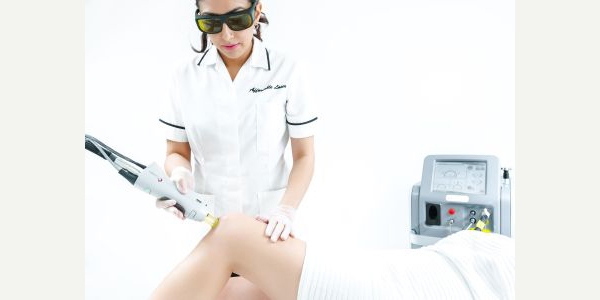
4) Chemical depilatories – These are lotions, which are applied on the skin, where they break down the protein of hair shaft, thereby removing the hairs.
5) Waxing – This is a fairly common process, in which warm wax is applied on the area effected. Once it hardens, it can be pulled off from the skin, thereby removing the hair.
6) Plucking – Tweezers can be used to remove the hairs, if a small area is effected.
7) Shaving – It is the cheapest and the easiest method, but has to be done repeatedly.
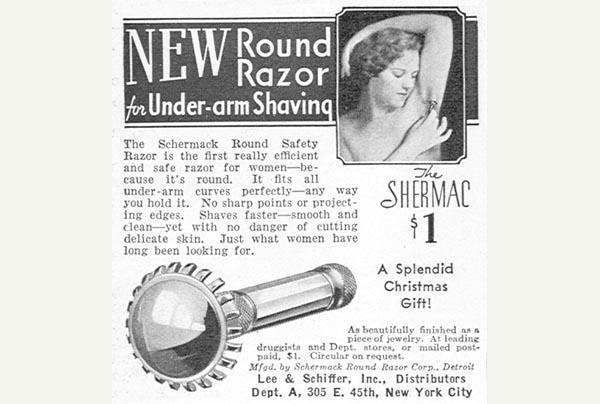
8) Bleaching – Very rarely this method is also used. Bleaching removes the hair colour, making the hair less visible. But it is less effective in dark skin, where hairs can become prominent.
Sometimes small measures like, lifestyle changes like reducing excessive weight by healthy diet and exercises, have also been found to be useful.
Abnormal growth of hairs in females & Hirsutism is a very common problem, which presents commonly to the Dermatology /Skin OPD in hospitals, but before undertaking any symptomatic treatment, a thorough examination and investigation should be undertaken, so as to rule out any serious internal pathology. That being said, in major situations no major internal disease is found and minimal treatment, under a qualified and experienced doctor can give very satisfactory results.
(Disclaimer – This article, is for general information only. It is very important, that a patient should never start any treatment; without examination and opinion of a specialist qualified registered practitioner)